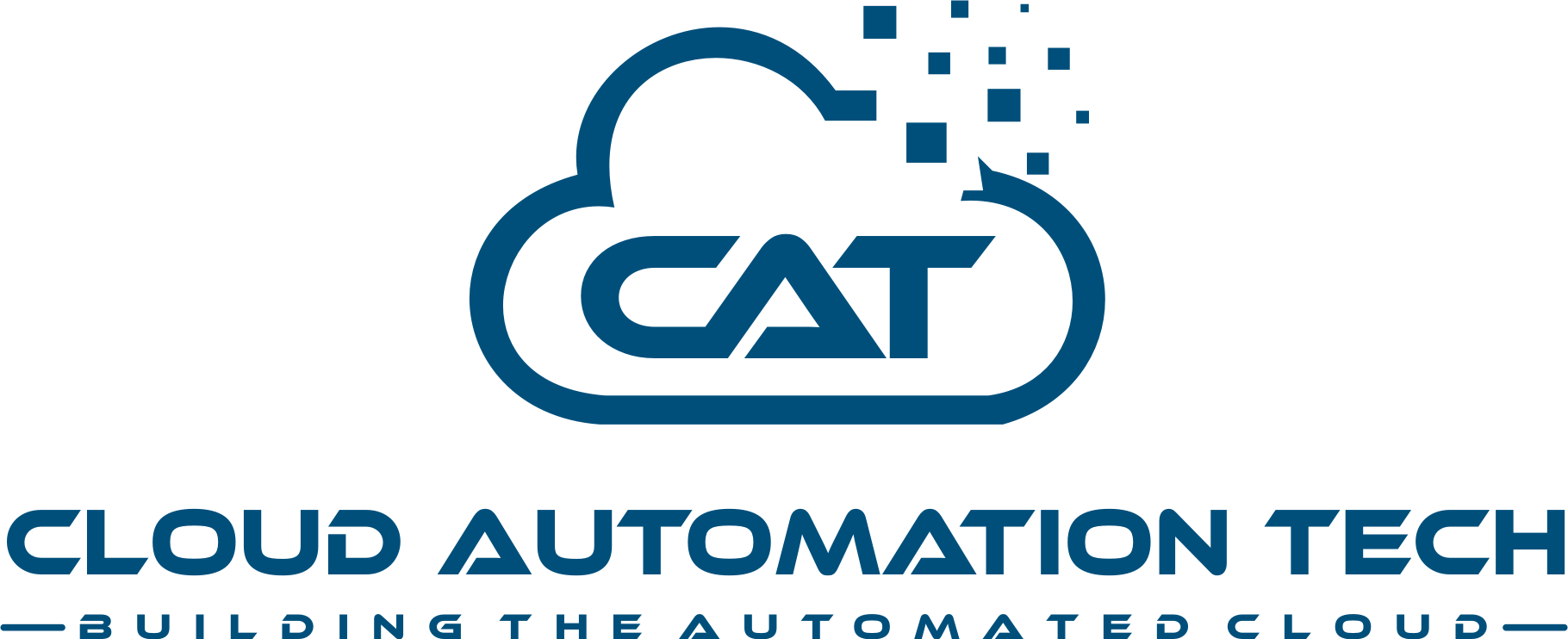Cloud Management
Cloud management is the management of cloud computing products and services.
Public clouds are managed by public cloud service providers, which include the public cloud environment’s servers, storage, networking and data center operations.Users may also opt to manage their public cloud services with a third-party cloud management tool.
Users of public cloud services can generally select from three basic cloud provisioning categories:
- User self-provisioning: Customers purchase cloud services directly from the provider, typically through a web form or console interface. The customer pays on a per-transaction basis.
- Advanced provisioning: Customers contract in advance a predetermined amount of resources, which are prepared in advance of service. The customer pays a flat fee or a monthly fee.
- Dynamic provisioning: The provider allocates resources when the customer needs them, then decommissions them when they are no longer needed. The customer is charged on a pay-per-use basis.
Managing a private cloud requires software tools to help create a virtualized pool of compute resources, provide a self-service portal for end users and handle security, resource allocation, tracking and billing.Management tools for private clouds tend to be service driven, as opposed to resource driven, because cloud environments are typically highly virtualized and organized in terms of portable workloads.
Management tools for private clouds tend to be service driven, as opposed to resource driven, because cloud environments are typically highly virtualized and organized in terms of portable workloads.
In hybrid cloud environments, compute, network and storage resources must be managed across multiple domains, so a good management strategy should start by defining what needs to be managed, and where and how to do it.Policies to help govern these domains should include configuration and installation of images, access control, and budgeting and reporting.Access control often includes the use of Single sign-on (SSO), in which a user logs in once and gains access to all systems without being prompted to log in again at each of them.
